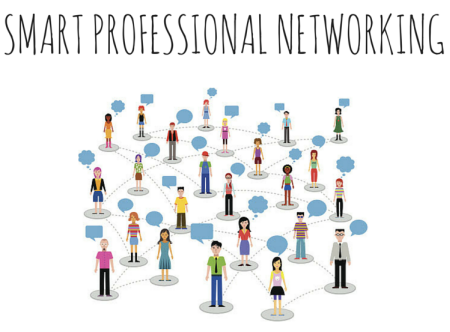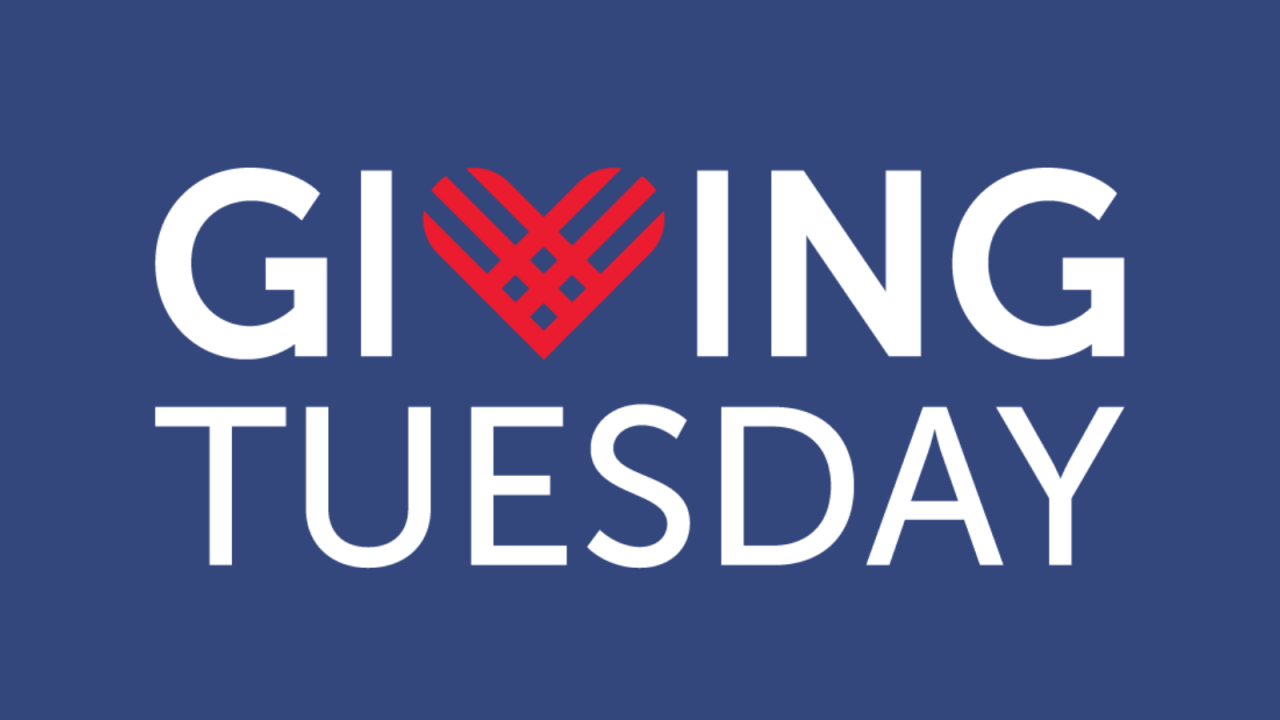Smarter Nonprofit Networking: Building a Professional Network That Works for You

“You are not ever a genius all by yourself. Your ideas are a function of the people you are connected with…” – Carol Dweck, Author, Mindset
Your professional network is your greatest asset no matter what stage you are in your nonprofit career, whether you are an emerging leader or an acknowledged thought leader in your industry or somewhere in between. When you intentionally build your professional network in the right way, you create a circle of individuals who are all rooting for your success and happy to help you. An effective professional network can be a valuable asset to your nonprofit’s goals if you are leveraging your network in service your organization’s mission.
I like to balance two different approaches to professional networking, strategic and serendipitous. The strategic approach encourages you to analyze your network, find alignment for making connections, and have purpose-driven meetings. The serendipitous approach is a more casual encounter, walking or coffee meetings, or doing favors for contacts that don’t seem to have the capacity to help you now. If you deploy these two approaches, you will be able to make connections that can help you solve problems, learn, move forward on a professional or organizational goal, or what ever it is need you need to succeed.
Many times we don’t value serendipity because we don’t see an immediate ROI. As Kathyrn Minshew, CEO of the Daily Muse, notes in her HBR post, “Never Say No To Networking” it is hard to make the time to get out of the office when you are working long days.
“Always say yes to invitations, even if it’s not clear what you’ll get out of the meeting. I’m not arguing for long, pointless, unstructured conversations with everyone you meet. But many of my most fruitful relationships have resulted from a meeting or call in which I was not entirely sure what would or would not come of the conversation. You could call it making your own luck, by increasing the odds of making the right connection. Because you can’t assume that you know much about someone you don’t know very well. You may know their occupation, industry, and job title — but you don’t know what they may be an expert in, and you certainly don’t know who they know.”
I’ve found that scheduling walking meetings is a great way to get to know people and you get some exercise into your day! (I’m doing a webinar on this topic for Guidestar in February, join me)
In “Managing Yourself: A Smarter Way To Network” by Rob Cross and Robert J. Thomas, they offer a more nuanced way to network based on the old adage, “It isn’t what you know, it’s who you know.” It isn’t about having a lot of connections or only connecting with influential people. Before they offer up their framework, they ask, “Are you networking impaired?” Professional networking gone wrong includes a mismanagement of structure, relationships, and behavior.
But what really matters is structure: Core connections must bridge smaller, more-diverse kinds of groups and cross hierarchical, organizational, functional, and geographic lines. Core relationships should result in more learning, less bias in decision making, and greater personal growth and balance. The people in your inner circle should also model positive behaviors, because if those around you are enthusiastic, authentic, and generous, you will be, too.
The authors have analyzed many professionals professional networks and found that high performers have the following types of people in their core network or inner circle:
- People who offer them new information or expertise, who share best practices; and contacts in other industries
- People who are influential and who provide mentoring, sense-making, political support, and resources
- People who provide developmental feedback, challenge their decisions, and push them to be better.
How do you create the inner circle of your network? The article offers these four steps:
- Analyze:Identify the people in your network and what you get out of interacting with them
- De-Layer: Make some hard decisions to back away from redundant and energy-sapping relationships
- Diversify: Build your network out with the right kind of people: energizers who will help you achieve your goals
- Capitalize: Make sure you’re using your contacts as effectively as you can
There are many techniques to analyze or visualize our professional networks and I’ve identified a methods in this post that include analyzing your contacts via social media. These techniques are both high tech and low tech, as simple as using sticky notes. When doing the analysis, you want to look at diversity. Harold Jarche, a thought leader in networked leadership, suggests you also reflect on this question: Who are the people with you have most frequently communicated with in order to get your work done? List them and do an analysis based on:
– Age
– Organization
– Gender
– Hierarchical Position
– Area of Expertise
– Geographic Location
Then ask yourself: Is your professional learning network diverse enough? Diversity correlates with innovation? Are you getting new ideas from your network? If you find Twitter or LinkedIn boring, perhaps you are following wrong people. It is time to tune your network.
There is also research that suggests having an “open network” can lead to more career success than a closed network. A closed network is a network of people who already know each other – an industry network for example. In a closed network, it’s easier to get things done because you already share a common understanding and vocabulary and you know all the shorthand terms and unspoken rules. It’s comfortable because the group converges on the same ways of seeing the world that confirm your own. But if you create an open network — that is connections across multiple fields and perspectives – it is a better predictor of success.
In the HBR article, Cross suggests asking these two very important analysis questions: What benefits do your interactions with them provide? How energizing are those interactions? Having energizers in your network, people who are not self-interested or what Adam Grant describes as “Takers”, is important because it can help you be more successful. Cross also suggests doing an analysis based on the benefits your connections provide. He suggest these categories:
– Information and learning
– Political support and influence
– Personal development
– Personal support and energy
– A sense of purpose or worth
– Work/life balance
It’s important to have people who provide each kind of benefit in your network. Categorizing your relationships will give you a clearer idea of whether your network is extending your abilities or keeping you stuck.
Once you’ve done this analysis, you can determine which connections to back away from. The article suggests avoiding people who steal your energy. The techniques for backing away might include “reshaping your role to avoid them, devoting less time to them, working to change their behavior, or reframing your reactions so that you don’t dwell on the interactions.” You should also analyze if you have too many connections that provide one type of benefit versus another and then look at the all the diversity characteristics that Jarche recommends. Now that you have made space in your professional network, start to fill it with the right people. Michele Martin has created this terrific worksheet based on the HBR article that you can use to help make decisions. An even simpler way to approach is this to write down three organizational or professional goals and three people who can help you achieve them.
The last step is to make sure you capitalize on your network. Are you staying on contact? Are you providing value to your connections? Don’t fall in the trap of connect with them and forget them. Here is a list of tactics that expert professional networkers use to keep in touch.
How healthy and vibrant is your professional network? Do you have a strong core? Are you building your professional network to be diverse, energizing, and supportive? Are you balancing being strategic with serendipity?
 This blog was written by Beth Kanter. View the original here.
This blog was written by Beth Kanter. View the original here.




















